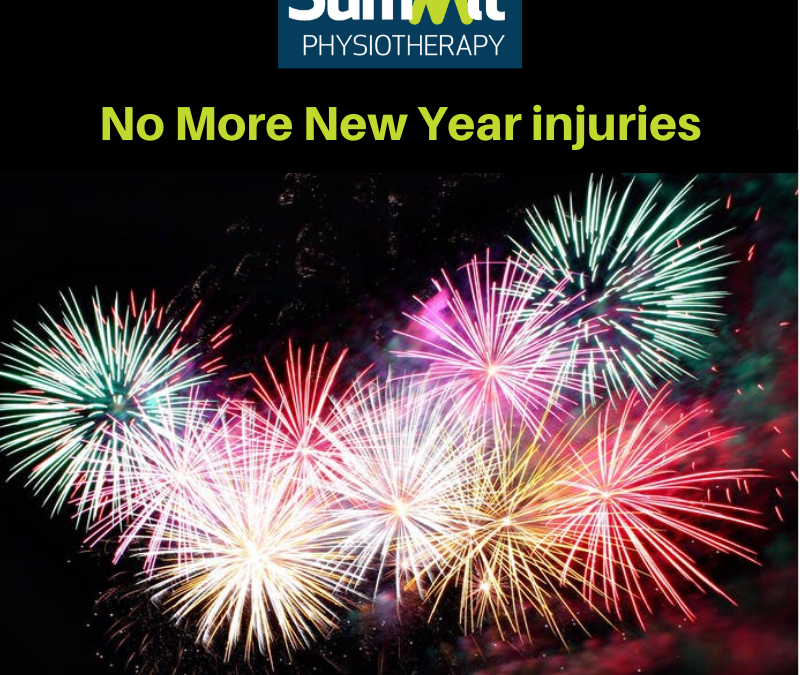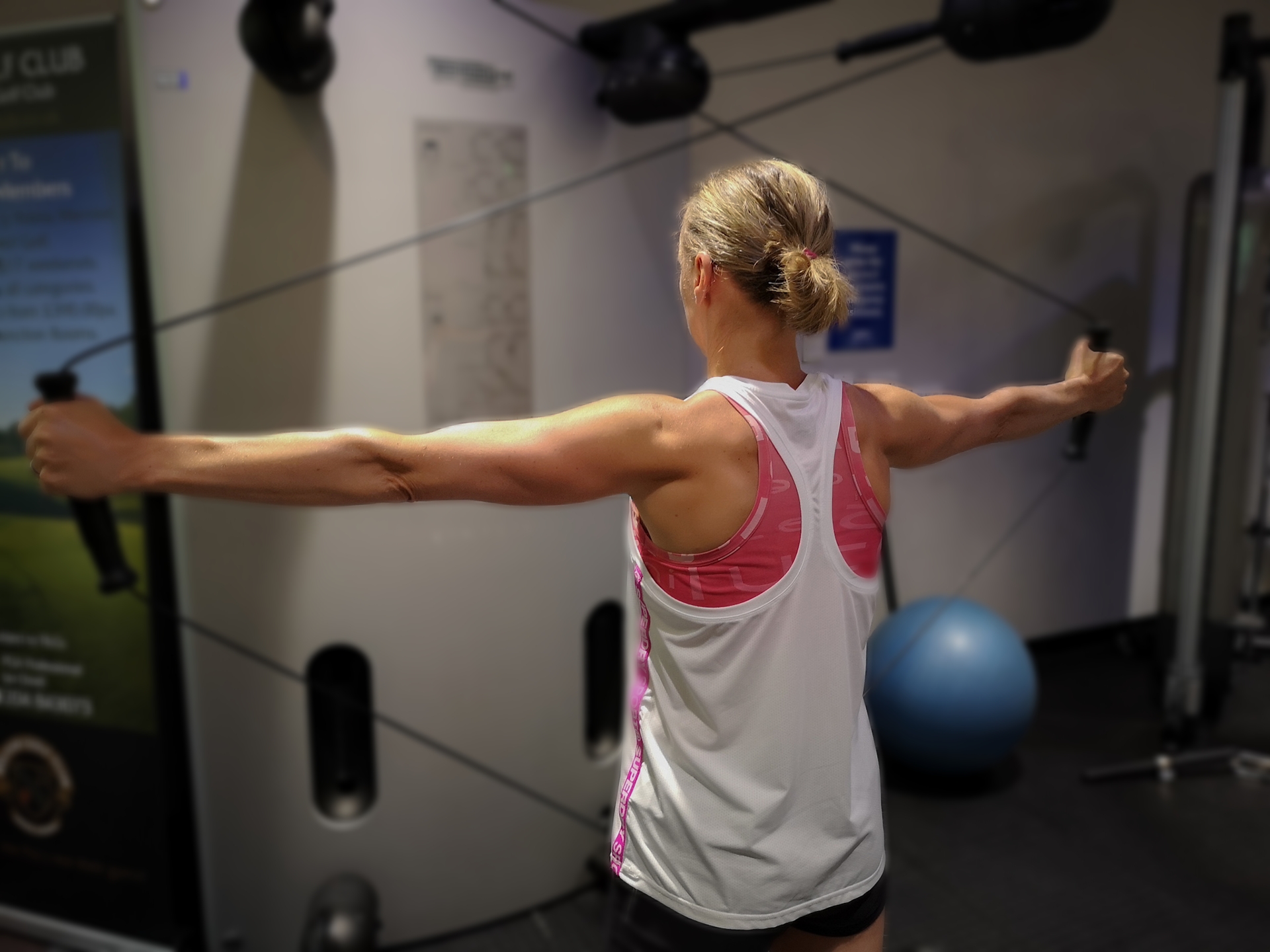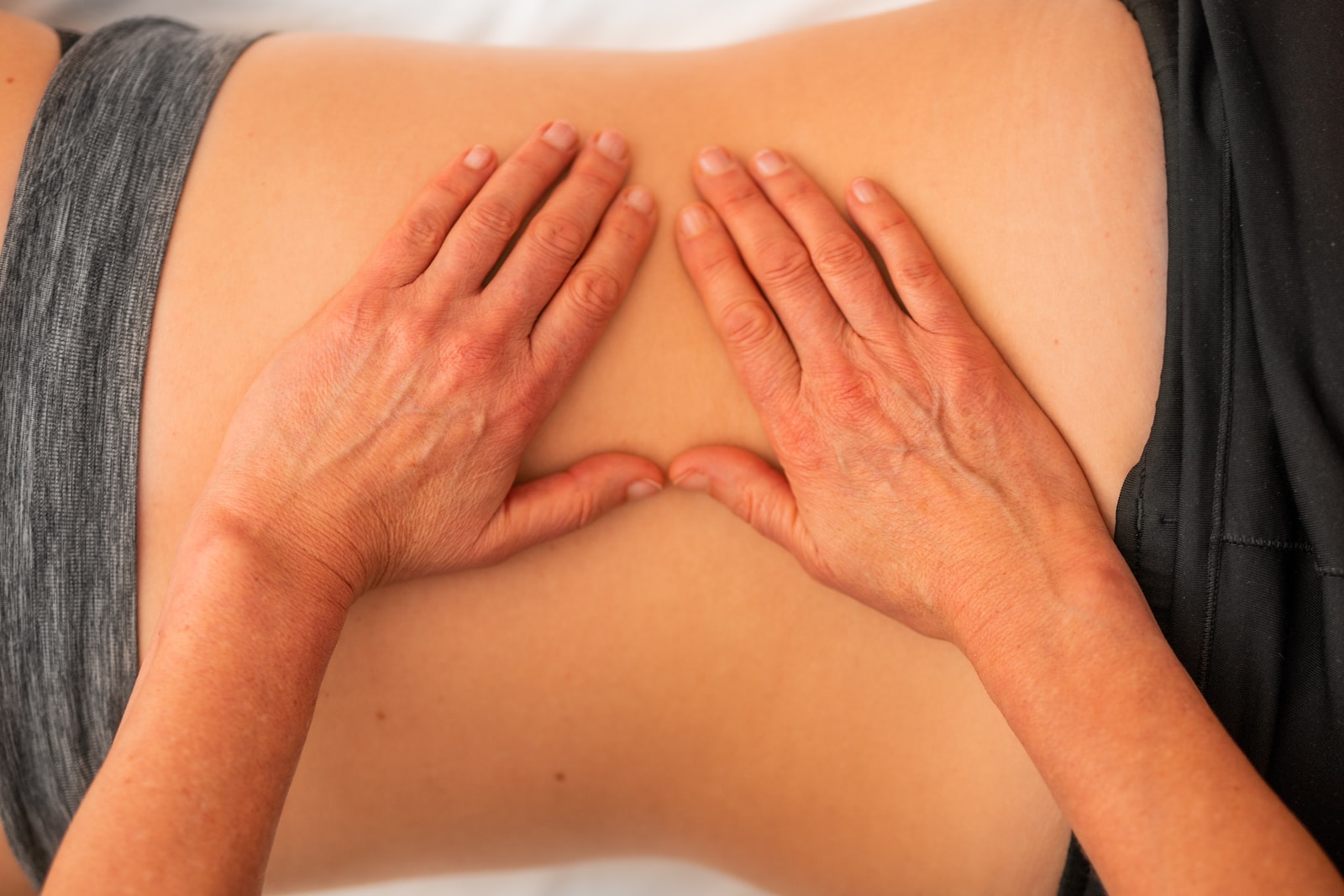Sick of New Year Injuries?
January is the month of new beginnings and New Year injuries. After making the most of some well-deserved family time and eating our body weight in food over the Christmas period, the urge to get back into exercise can be stronger than ever!
However, January is also the month that we see a rise in the number of injuries that come through our door, stopping New Year’s resolutions in their tracks. To keep you active and start 2020 as you wish to go on, we’ve put together a few steps that you can follow to reduce the likelihood of falling victim to the curse of New Year injuries.
Step 1 – Training load
One of the most common causes of injury is training error. Whether you’re a runner, swimmer, sports-player or general gym-goer, doing too much too soon is a recipe for injury. Our bodies get accustomed to the amount of activity that we do. A rapid increase in activity after some time off after Christmas can cause problems. If you’re trying to get back into a pre-Christmas routine, make sure you do it gradually and keep an eye on the frequency, duration and intensity of your workouts for the first few weeks. If you’re new to your January activity, make sure you give your body time to adjust and allow adequate recovery time between sessions. You can’t burn off those Christmas calories if you’re on the treatment table!

Step 2 – Warm-up
When time is limited and our schedules get busier, it’s easy to skip the warm-up to save some time. However, with the temperature dropping outside it’s important that we prepare our bodies for exercise and prevent any unnecessary injuries. The aims of any warm-up should be to increase heart rate, increase blood flow to the working muscles and take our muscles and joints through their range of motion. A good warm-up will also prepare the brain and nervous system for activity. Consider what the requirements of your activity are and try to incorporate elements of them into your warm-up.

Step 3 – Recovery
When motivation is high and we’re training hard to meet our goals, recovery between exercise sessions is crucial to both avoiding injury and improving performance. Although it’s the stress of exercise that encourages our bodies to develop, the rest period is when the changes actually start to happen. There are many strategies we can use to help us recover, although the simple stuff often has the greatest effect. Cooling down after the session, followed by good nutrition and adequate sleep are important foundations for injury-reduction. Recent evidence suggests that sleeping for less than 7 hours increases our injury risk when compared to sleeping between 7 and 9 hours.

Step 4 – Teamwork
Aches and pains after training are a normal by-product of exercise; however, sometimes niggling complaints can build and affect performance, or lead to concerns that our training is setting us up for a problem down the road. Luckily, that’s where we can help! We’re currently offering free 15-minute assessment slots, so if you’ve got a problem that you’d like us to look at or simply need some advice or reassurance, we’re here to help. Give us a call or book online to reserve an appointment with a member of our team.

Merry Christmas and a Happy New Year from the Summit team!
Book your free 15-minute assessment: https://bit.ly/2twbLXk
References
Abade, A., Sampaio, J., Gonçalves, B., Baptista, J.,Alves, A., Viana, J. (2017) ‘Effects of different re-warm up activities in football players’ performance’, Plos One, 12(6), e0180152. Available at https://journals.plos.org/plosone/article?id=10.1371/journal.pone.0180152.
Milewski ,M.D., Skaggs, D.L., Bishop, G.A., Pace, J.L., Ibrahim, D.A., Wren, T.A., Barzdukas, A. (2014) ‘Chronic lack of sleep is associated with increased sports injuries in adolescent athletes’, Journal of Paediatric Orthopaedics, 34(2), pp. 129-133.
Van Gent, R.N., van Middelkoop, M., van Os, A.G., Bierma-Zeinstra, S.M.A., Koes, B.W. (2007) ‘Incidence and determinants of lower extremity running injury in long-distance runners’, British Journal of Sports Medicine, 41(8), pp. 469-480.



